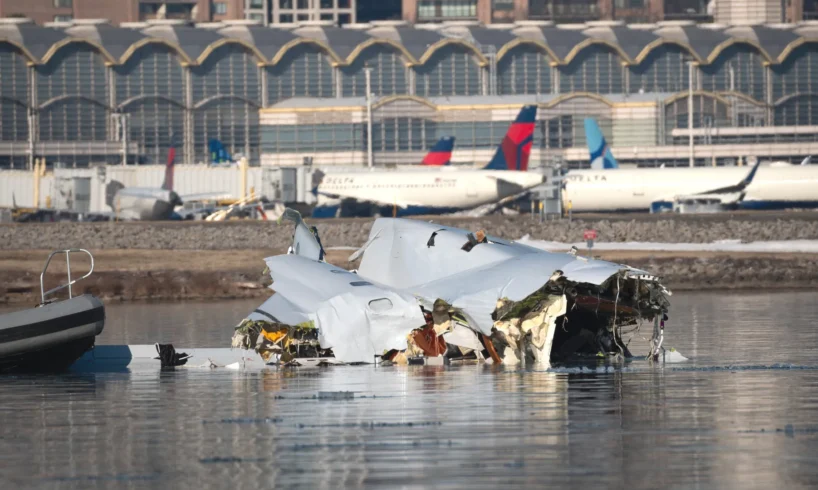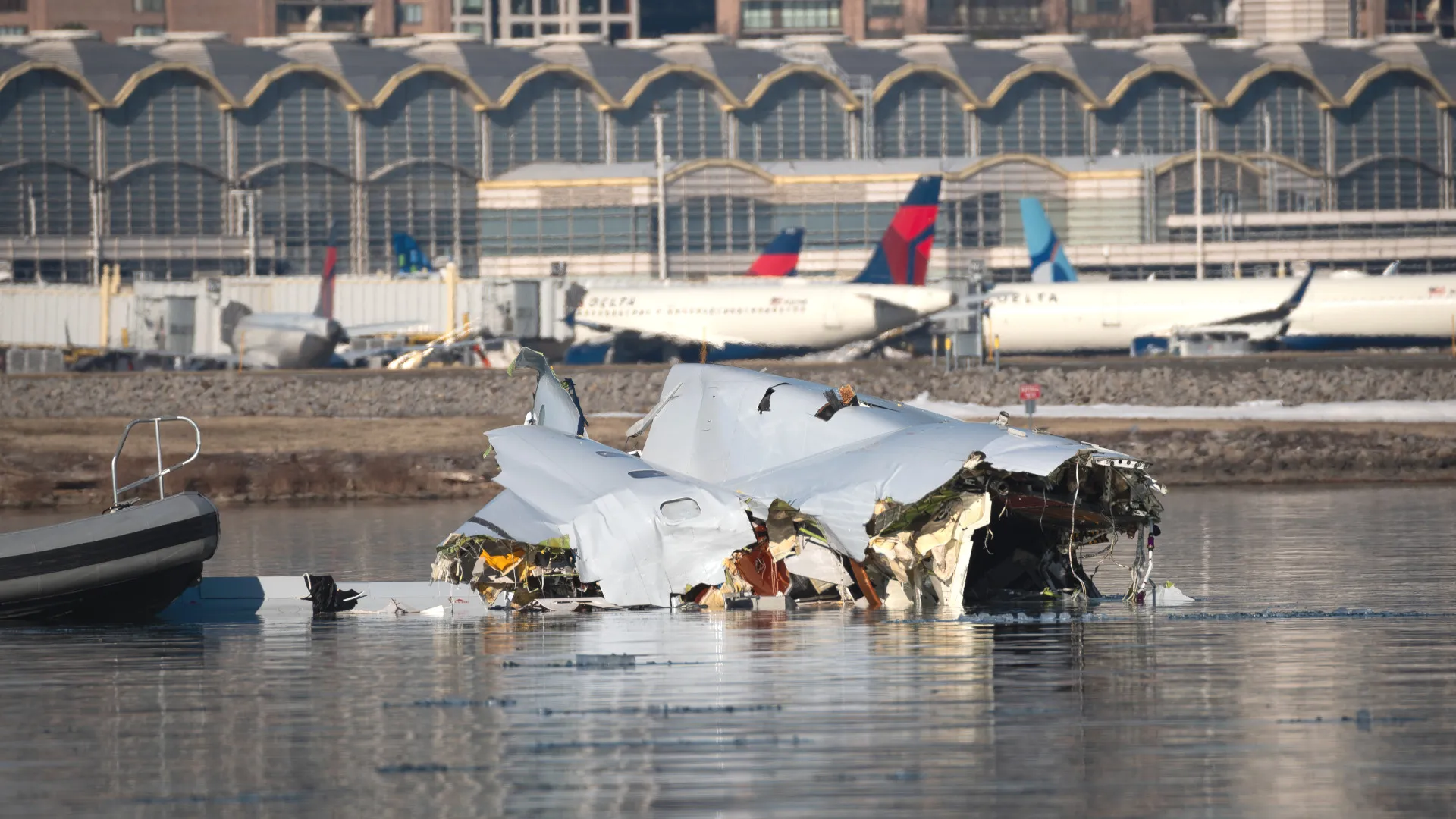
The National Transportation Safety Board is conducting a comprehensive investigation into the tragic midair collision that occurred on January 29, 2025, near Ronald Reagan Washington National Airport. The incident involved a U.S. Army Black Hawk helicopter and an American Airlines regional jet, resulting in the loss of 67 lives—the deadliest U.S. aviation accident since 2001.
Preliminary findings indicate that the Black Hawk helicopter was operating at an altitude exceeding the permitted 200 feet, with discrepancies of 80 to 130 feet in its altitude readings. The crew, equipped with night vision goggles, was conducting a nighttime training mission at approximately 300 feet, which is 100 feet above the maximum authorized altitude for that route. The NTSB is scrutinizing the helicopter’s air data systems, altimeters, and communications with air traffic control, including a request for the jet to change runways shortly before the collision.

The investigation also revealed that the Federal Aviation Administration had failed to address a series of near-miss incidents in the Washington airspace prior to the crash. Between 2021 and early 2025, over 15,200 airspace separation incidents were documented near Reagan National Airport, including 85 close calls. Despite this alarming trend, the FAA did not implement corrective measures to mitigate the risks.
In response to the findings, U.S. Transportation Secretary Sean Duffy criticized the FAA for its inaction and emphasized the need for improved data analysis and trend identification to prevent future accidents. The FAA has initiated an artificial intelligence-led review to assess safety threats at other airports with similar helicopter-airplane congestion, with a focus on cities such as Boston, New York, Baltimore-Washington, Detroit, Chicago, Dallas, Houston, Los Angeles, and along the Gulf Coast.
Additionally, Senator Ted Cruz, chair of the U.S. Senate Commerce Committee, plans to introduce comprehensive aviation safety legislation. The proposed bill includes mandatory adoption of advanced Automatic Dependent Surveillance–Broadcast tracking technology by Army helicopters operating near civilian aircraft, a nationwide review of military helicopter routes, and an investigation by the Army inspector general into systemic failures contributing to the crash.
The NTSB’s ongoing investigation aims to identify the root causes of the collision and implement safety measures to prevent similar tragedies in the future. Final findings are expected in the coming months, with the NTSB committed to enhancing aviation safety through thorough analysis and actionable recommendations.
NTSB Hearing thanks to PBS NewsHour on YouTube
